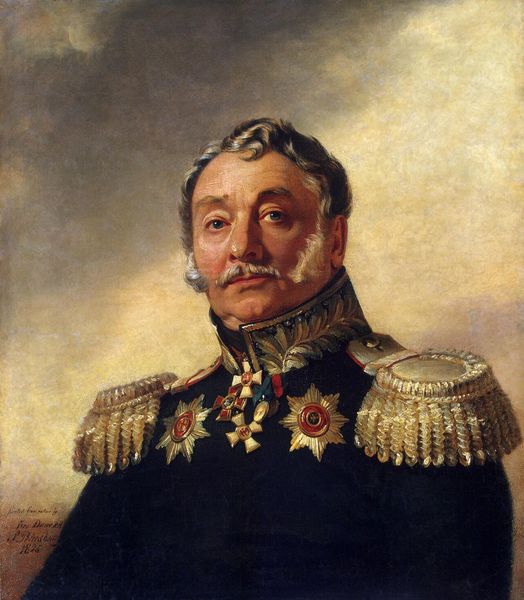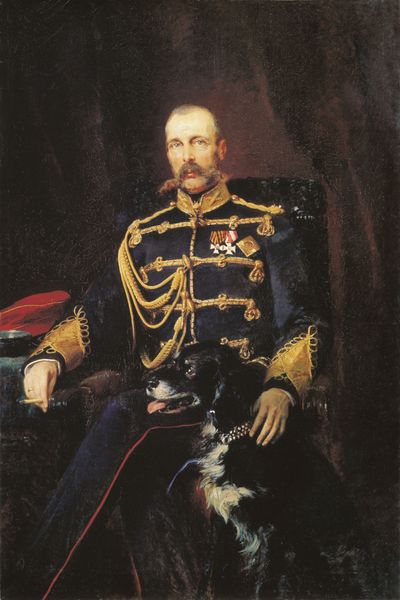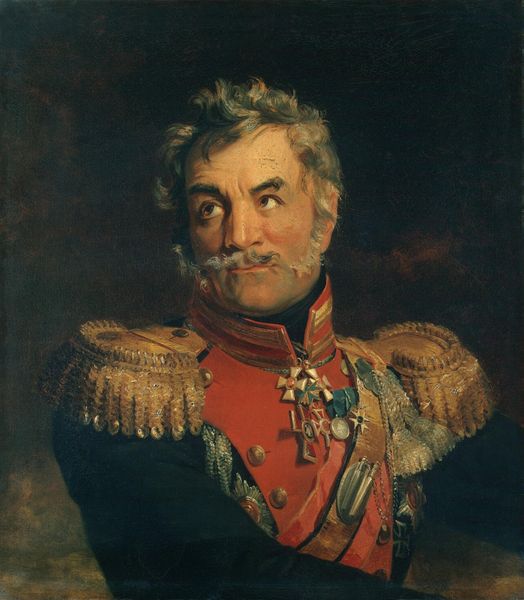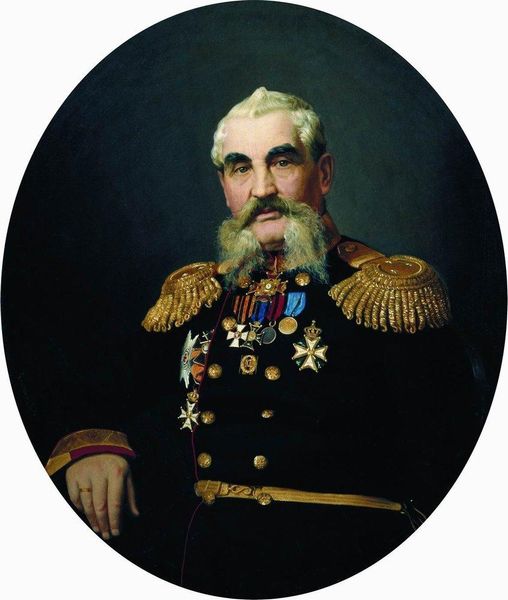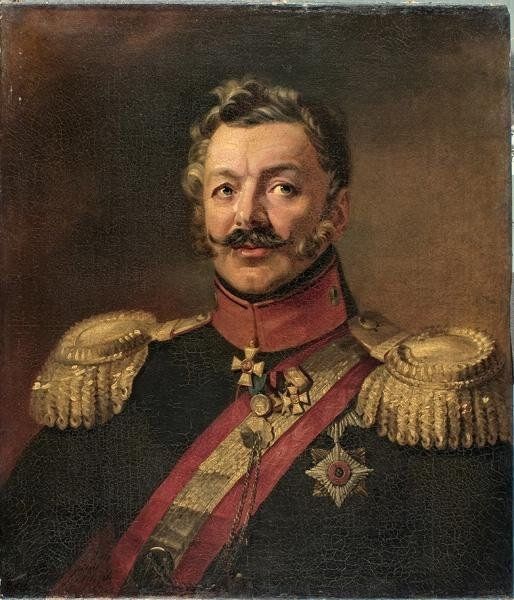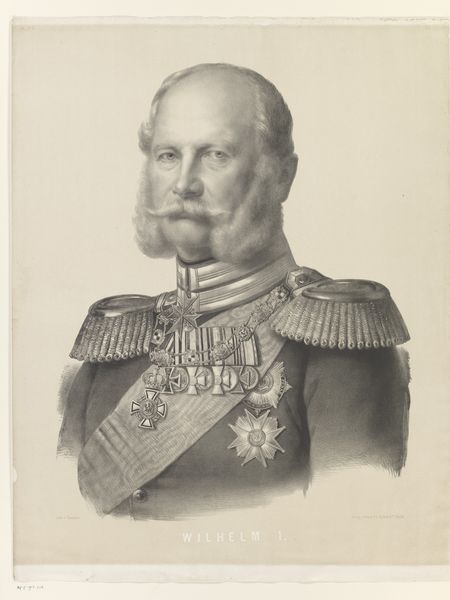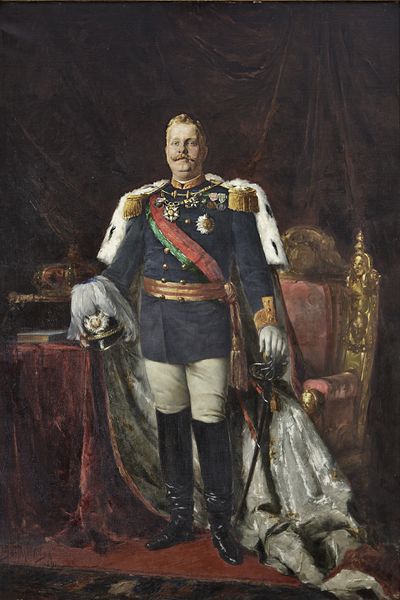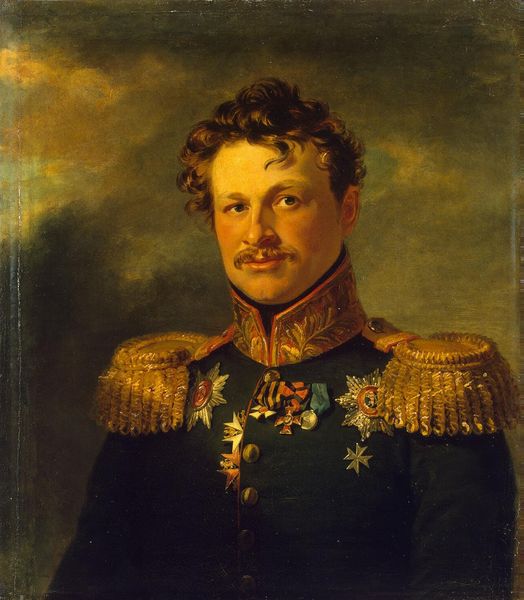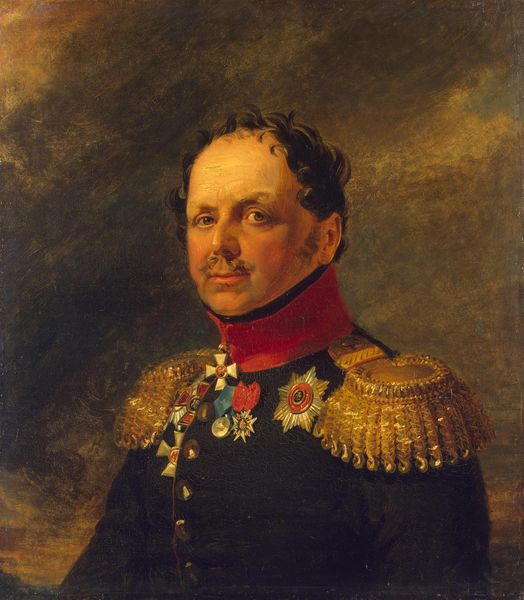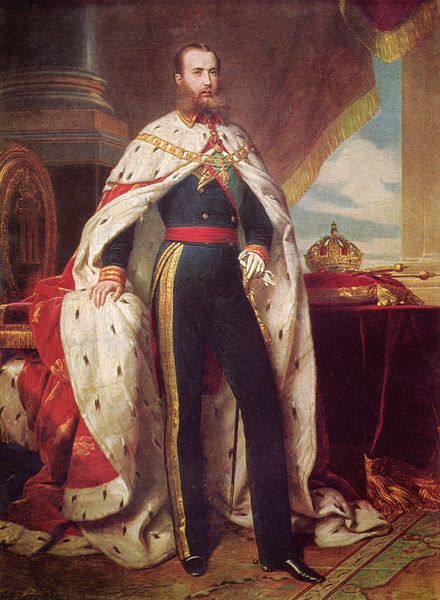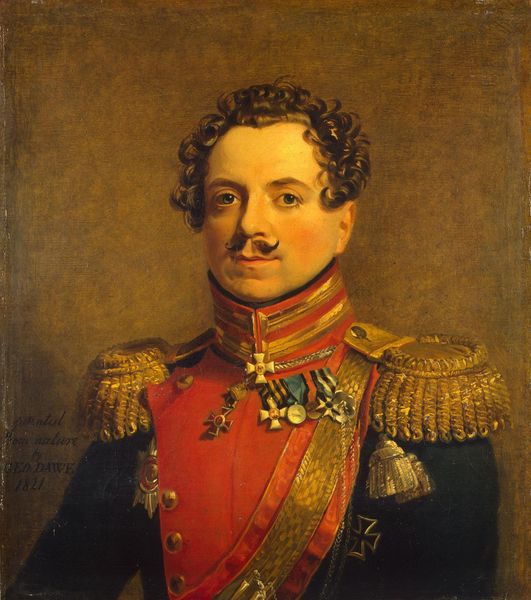
Antonie Frederick Jan Floris Jacob Baron van Omphal (1788-1863), Lieutenant General 1854
0:00
0:00
Dimensions: height 129 cm, width 106 cm, thickness 3 cm, depth 9.5 cm
Copyright: Rijks Museum: Open Domain
Editor: Here we have Herman Antonie de Bloeme’s portrait of "Antonie Frederick Jan Floris Jacob Baron van Omphal, Lieutenant General," painted in 1854 using oil on canvas. It has a serious, stately aura – what do you make of it? Curator: Well, it is a product of its time. Consider the backdrop against which this painting emerges. It’s mid-19th century Europe, a period rife with nationalism, colonial expansion, and burgeoning class consciousness. Van Omphal’s stiff posture, the military regalia—these aren’t just about commemorating an individual. They also reinforce a power structure, a social hierarchy deeply intertwined with the exploitation and oppression of others, both at home and abroad. Does this make you reflect on what that signifies? Editor: It does. The medals feel like they carry a heavy weight, a burden of responsibility. It is interesting how this could translate visually in such a striking manner. How does Romanticism figure into this reading? Curator: Romanticism is not simply about sentimentalism; it's a complex movement with varying ideological dimensions. Its fascination with history and the heroic individual often served conservative political agendas. Look at the way van Omphal is depicted—idealized, powerful, the embodiment of national pride. But from another perspective, the image reveals anxiety and the pressure of his role in a shifting social and political order, especially when these Romantic depictions were later adopted for increasingly radical nationalist purposes. Editor: It's like the painting holds within it both the grandeur of the establishment and the seeds of its potential upheaval. Thank you. Curator: Indeed. Art is never created in a vacuum. Exploring the rich cultural background behind the art can illuminate the meaning.
Comments
No comments
Be the first to comment and join the conversation on the ultimate creative platform.

